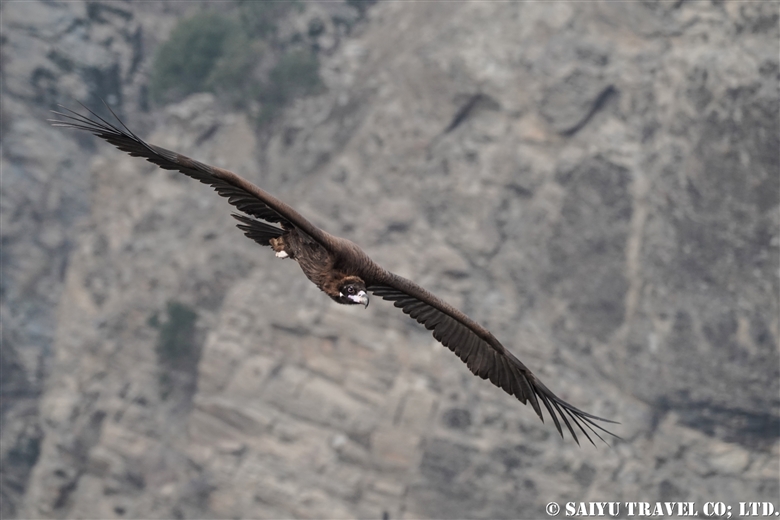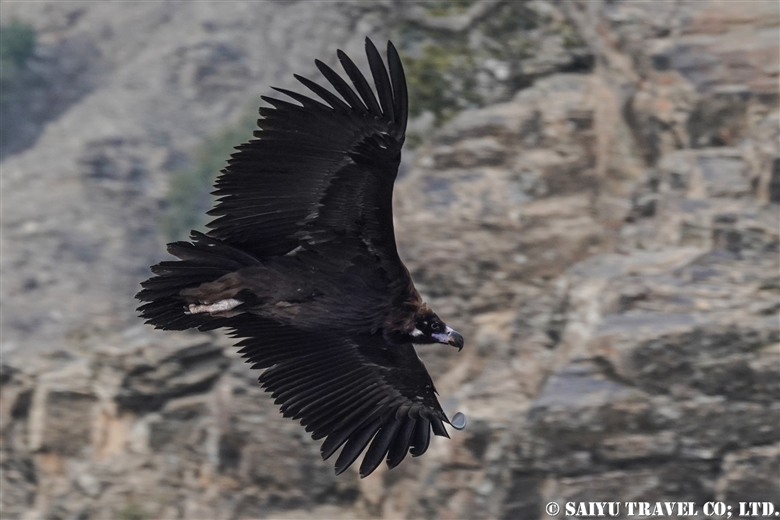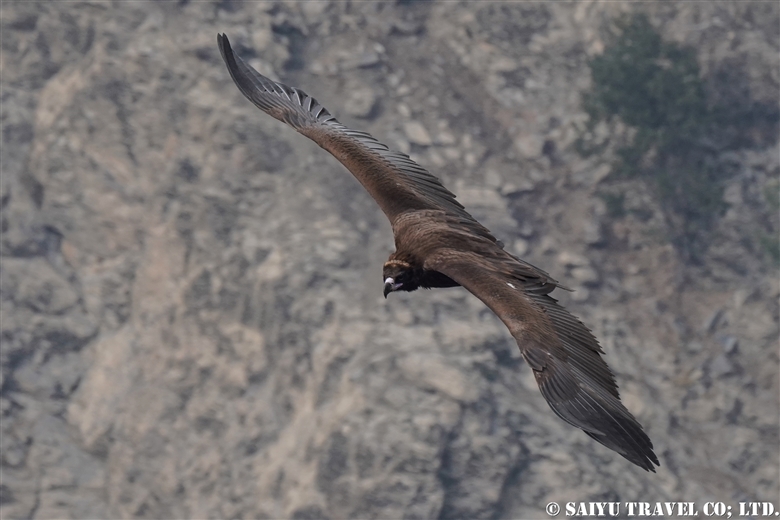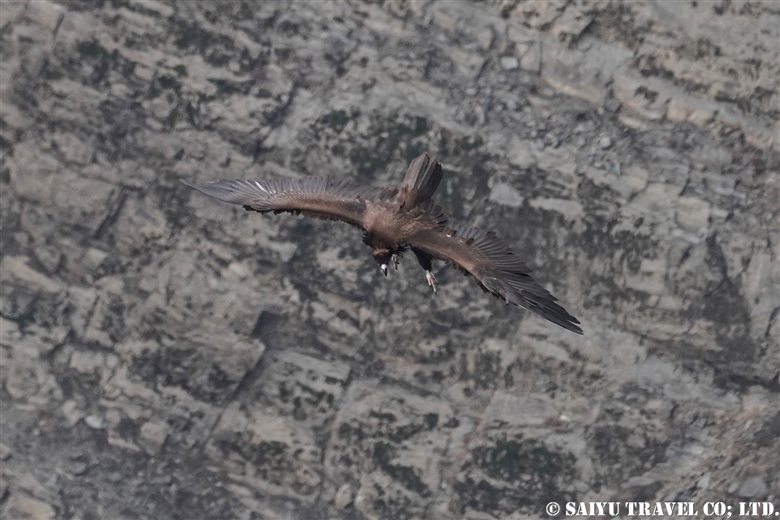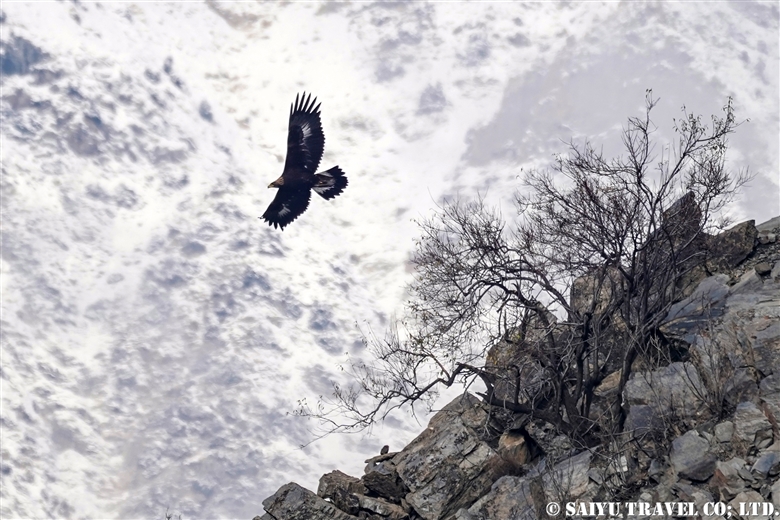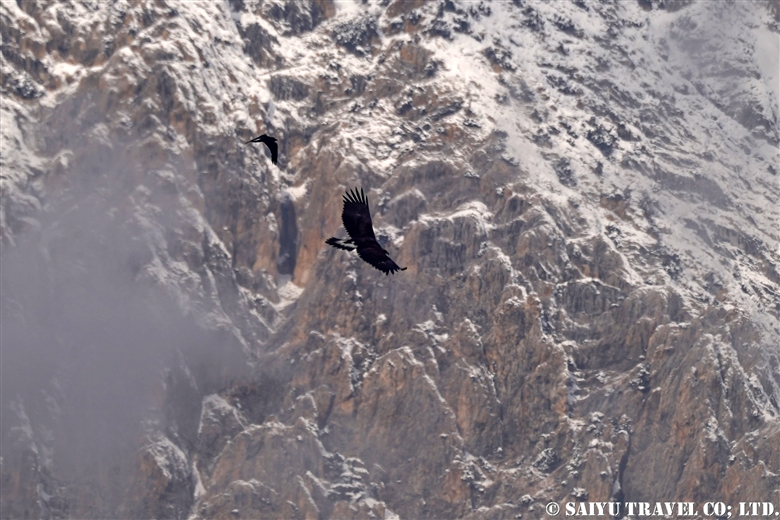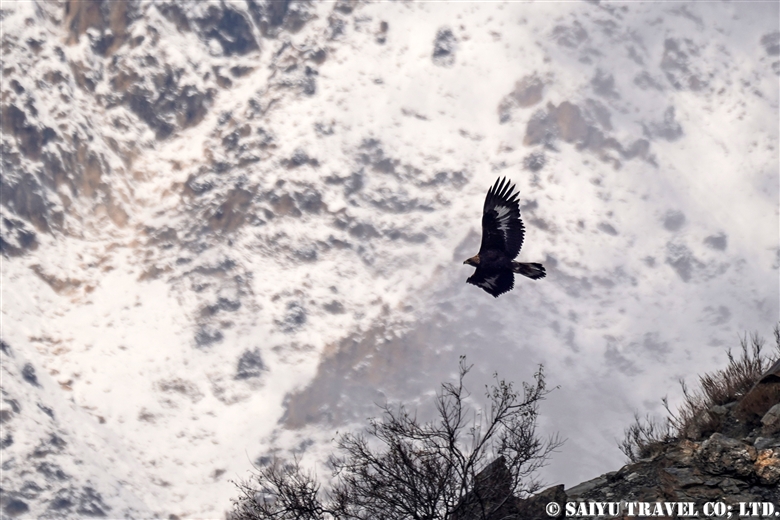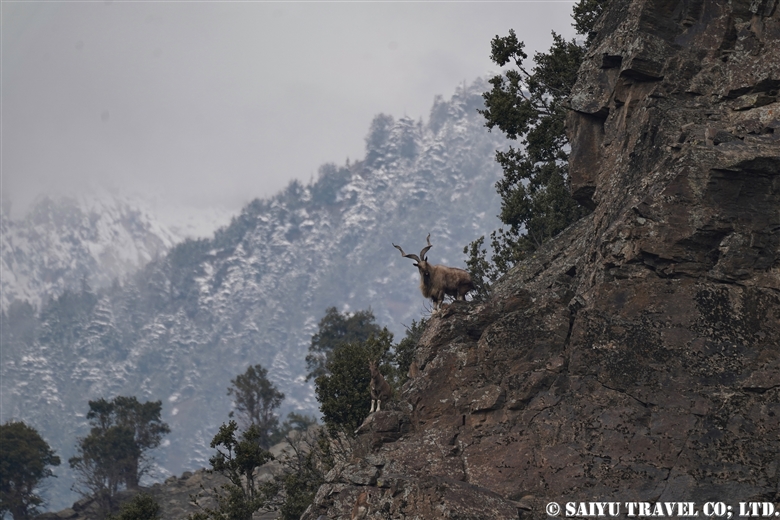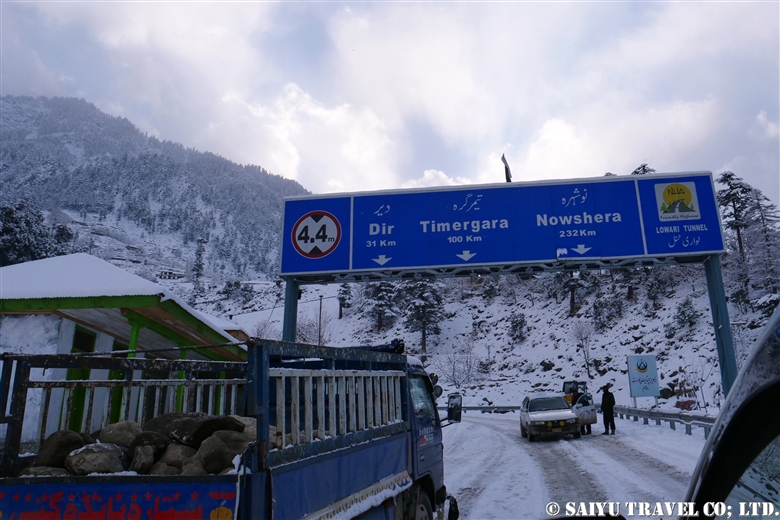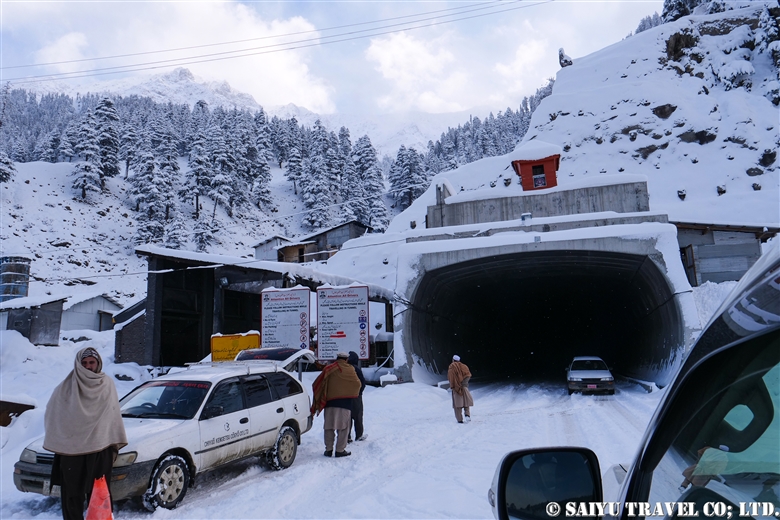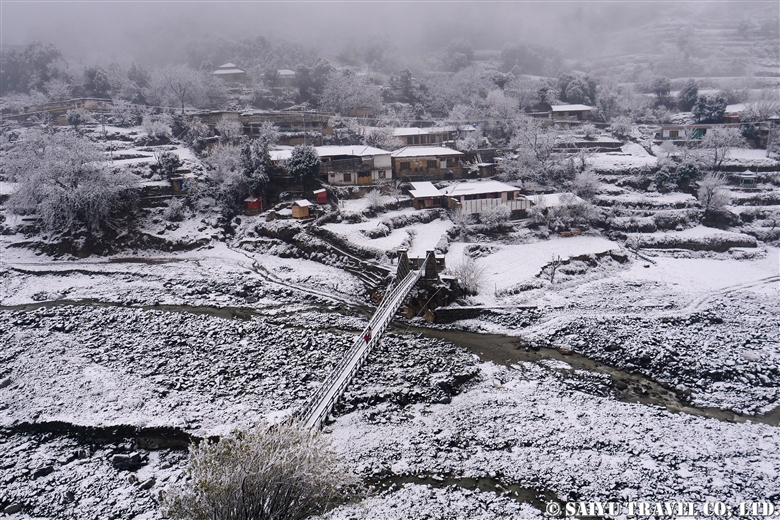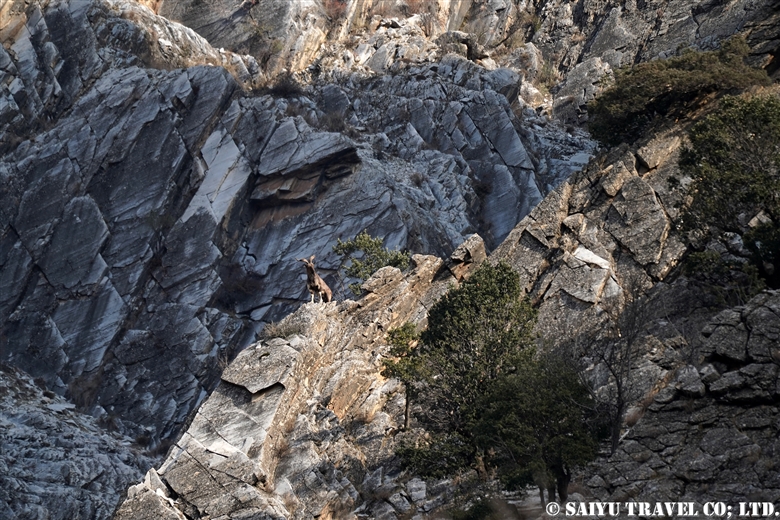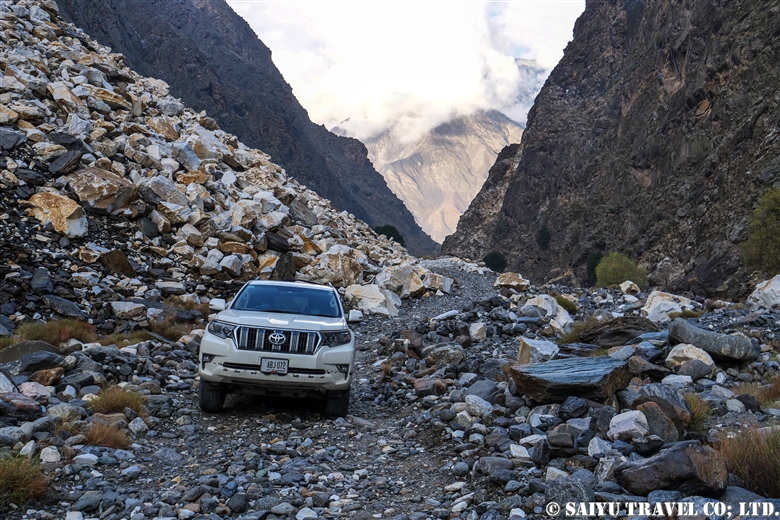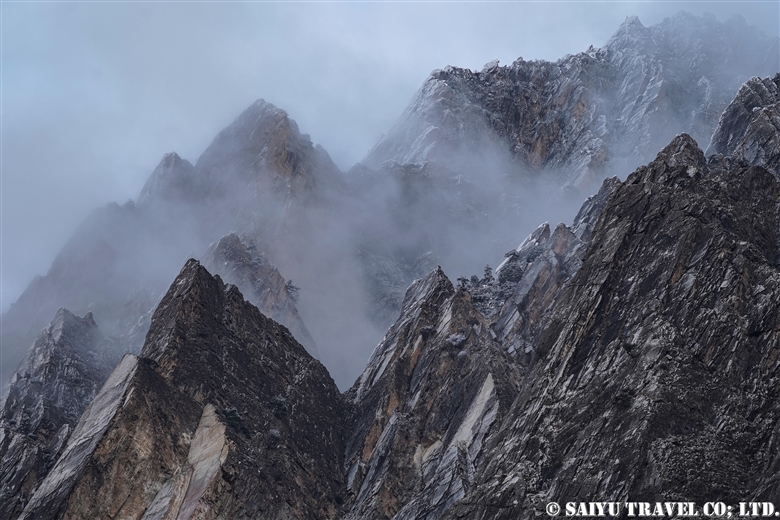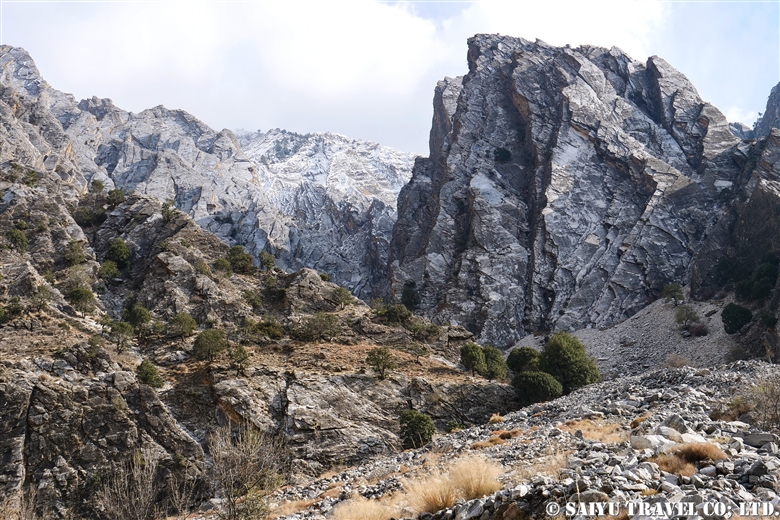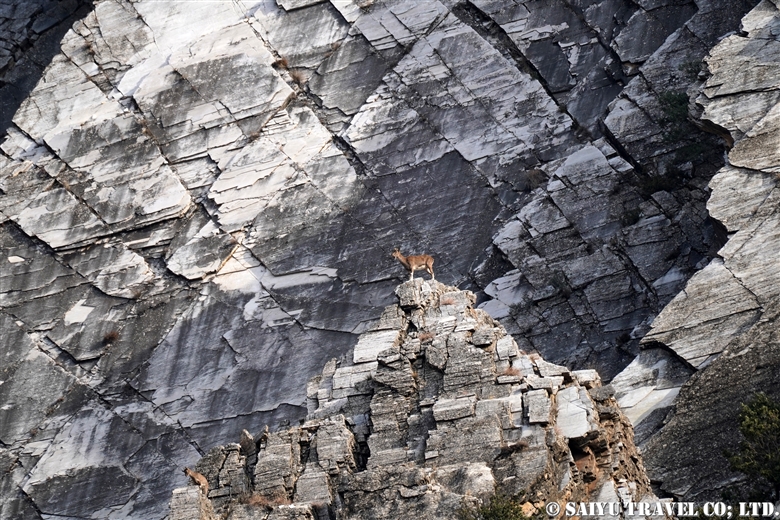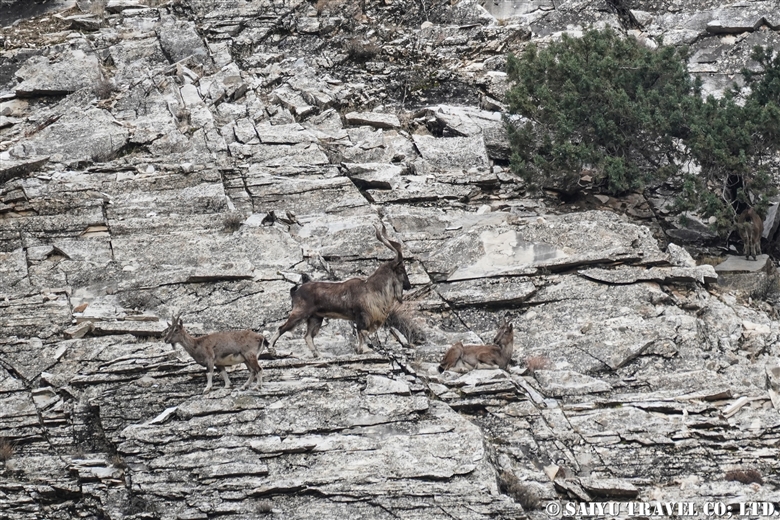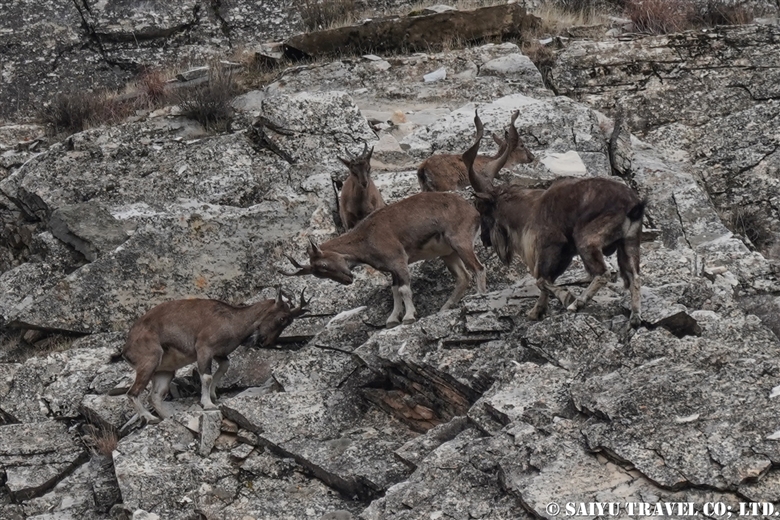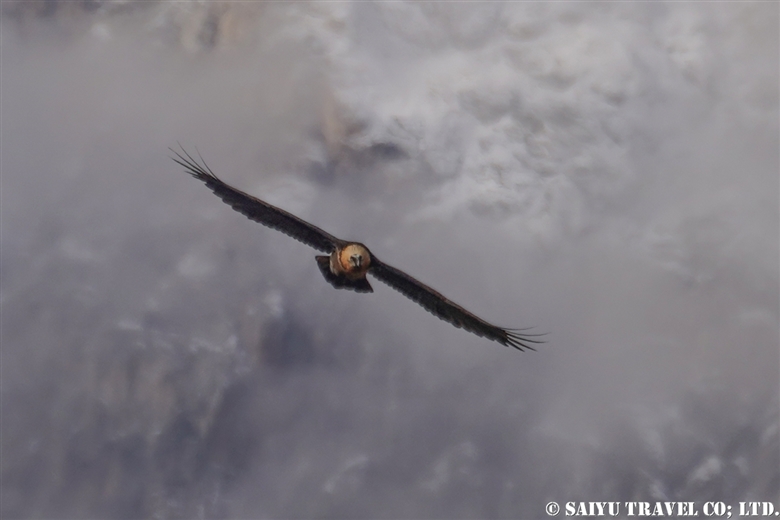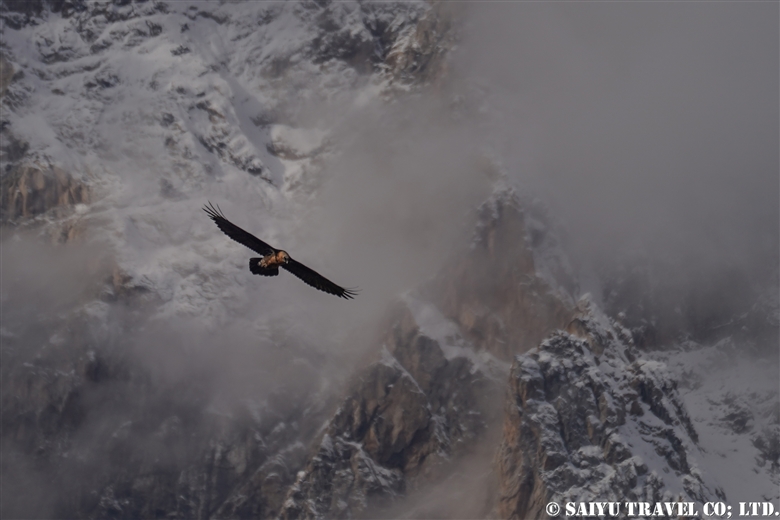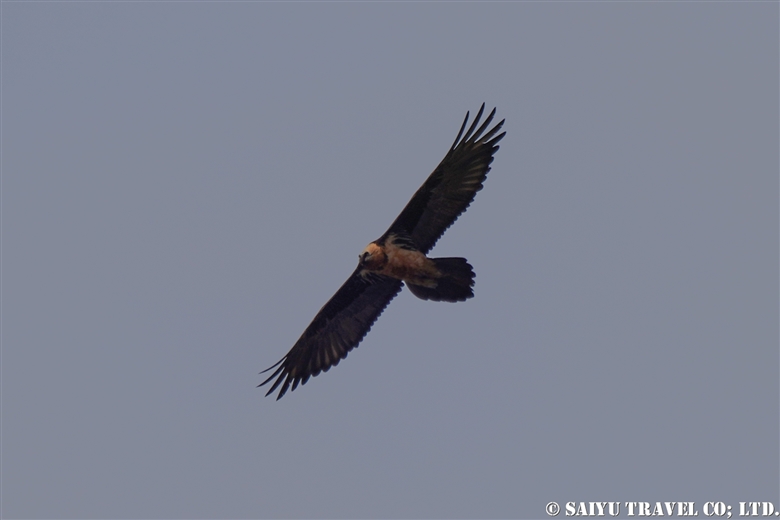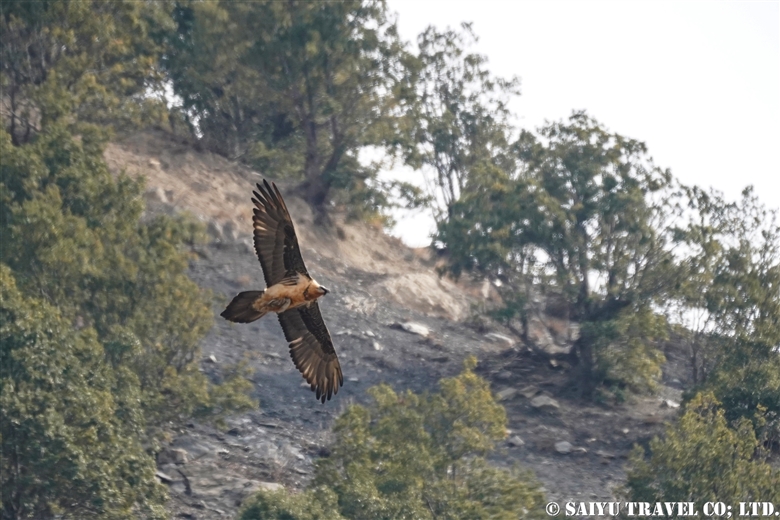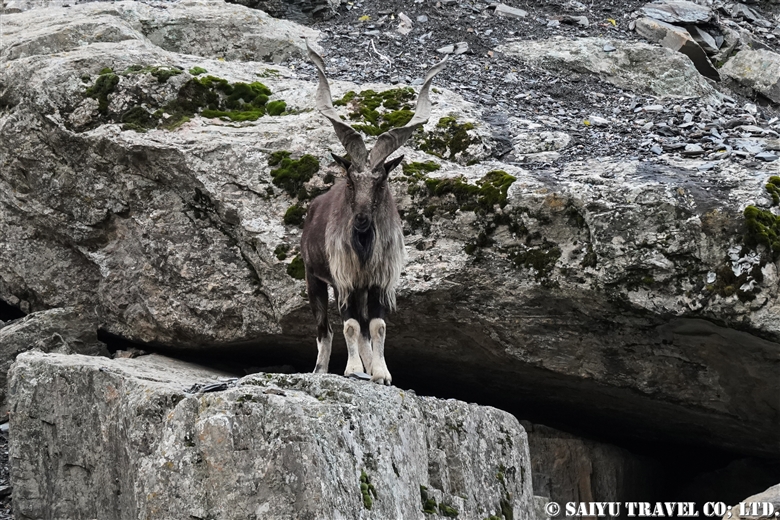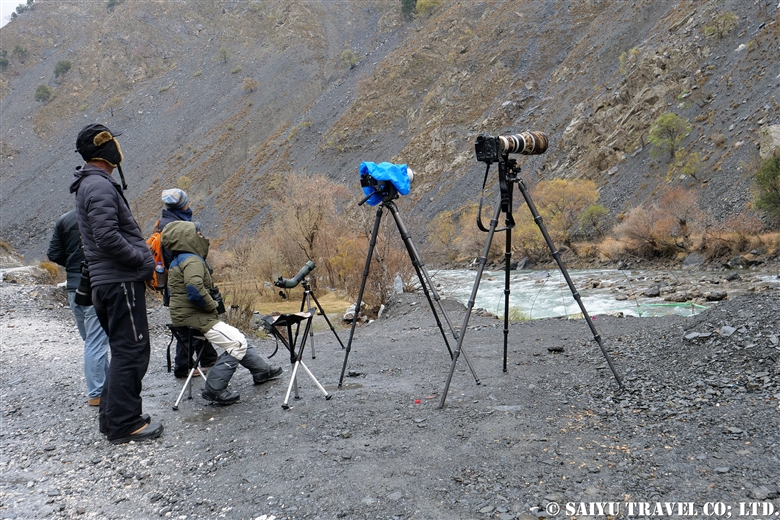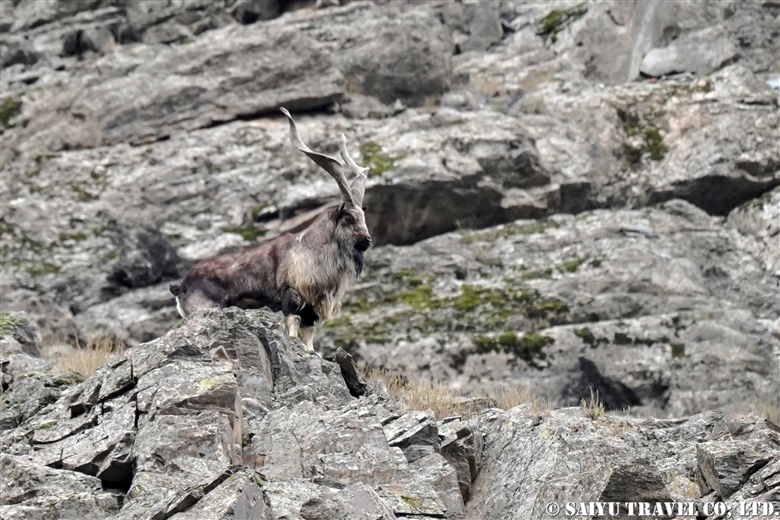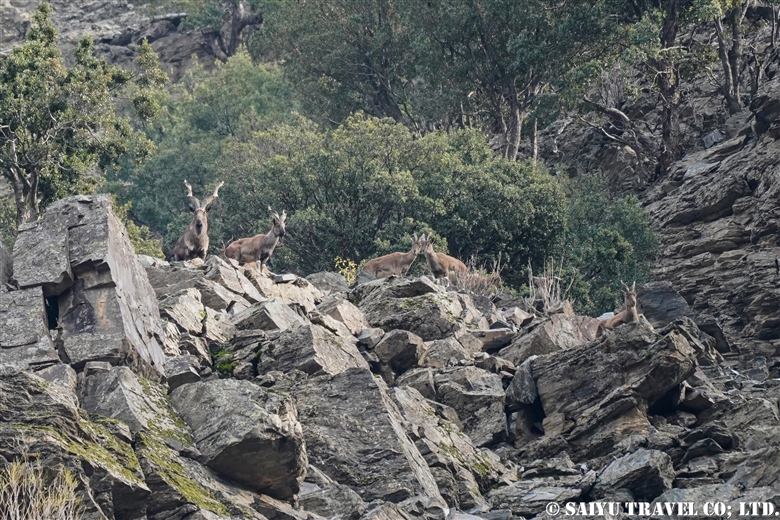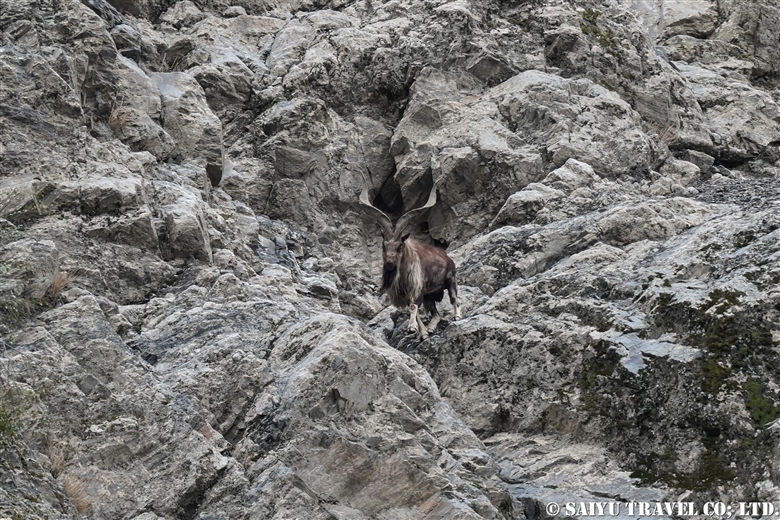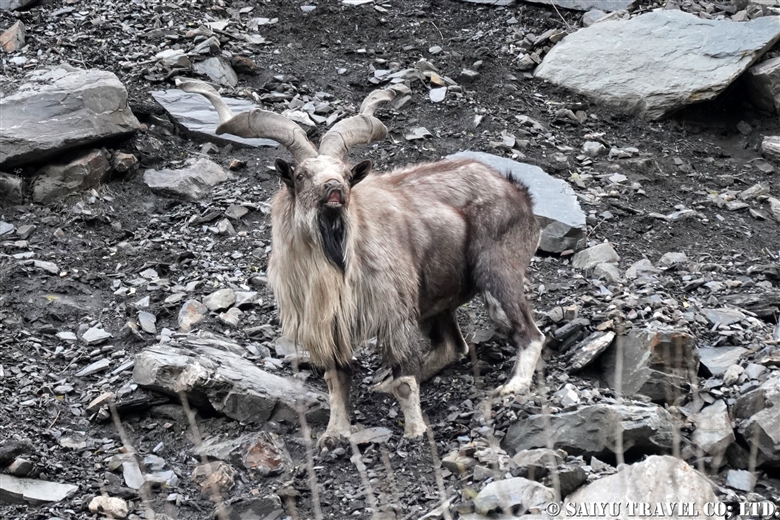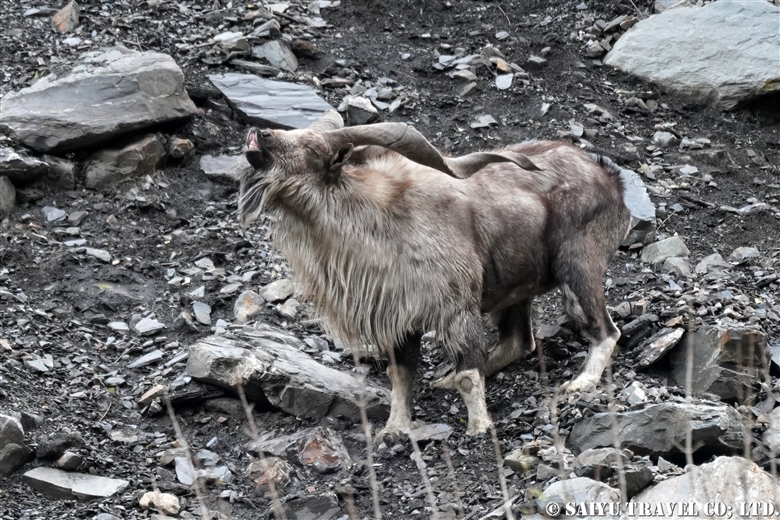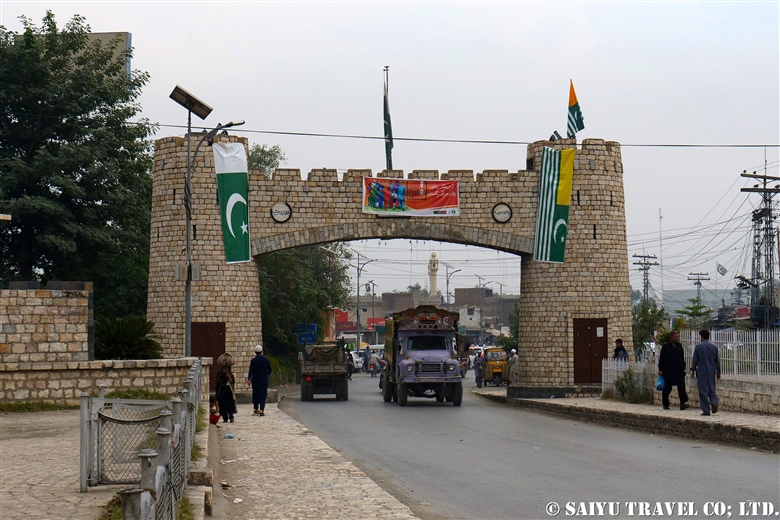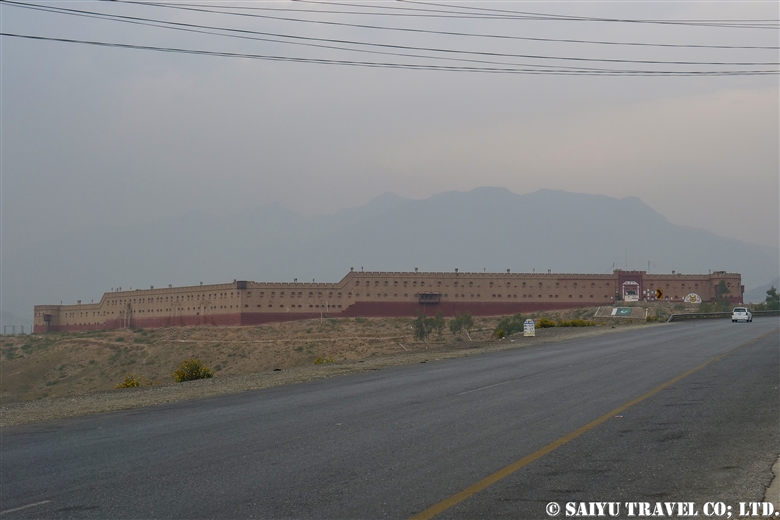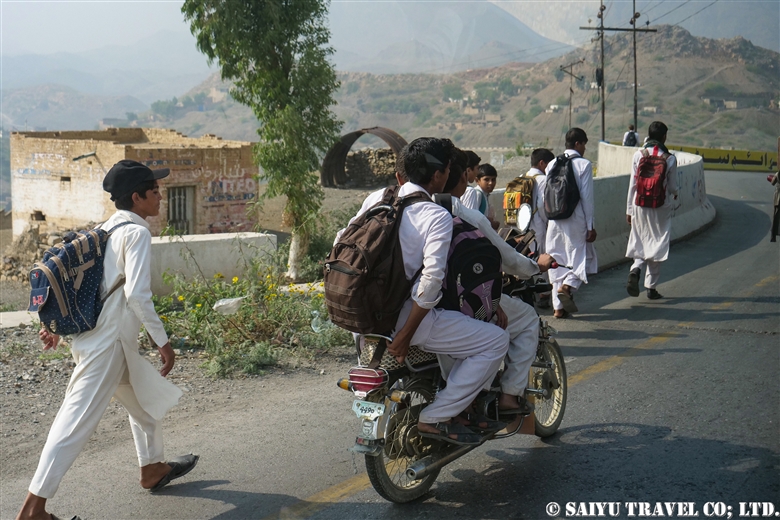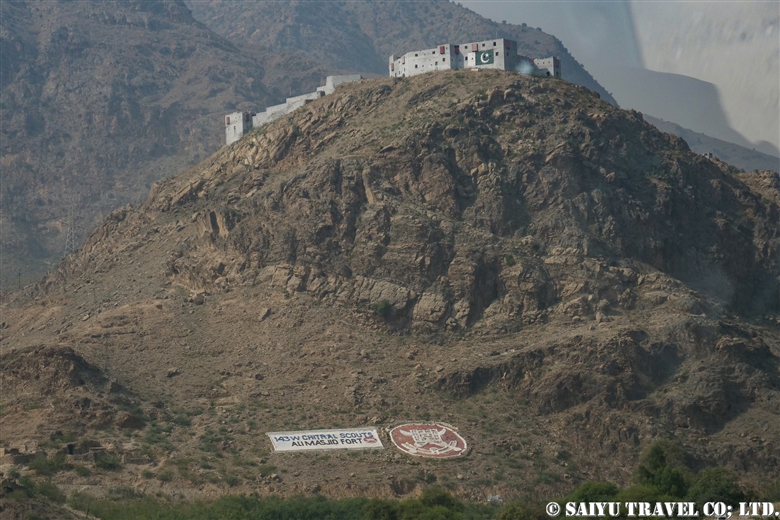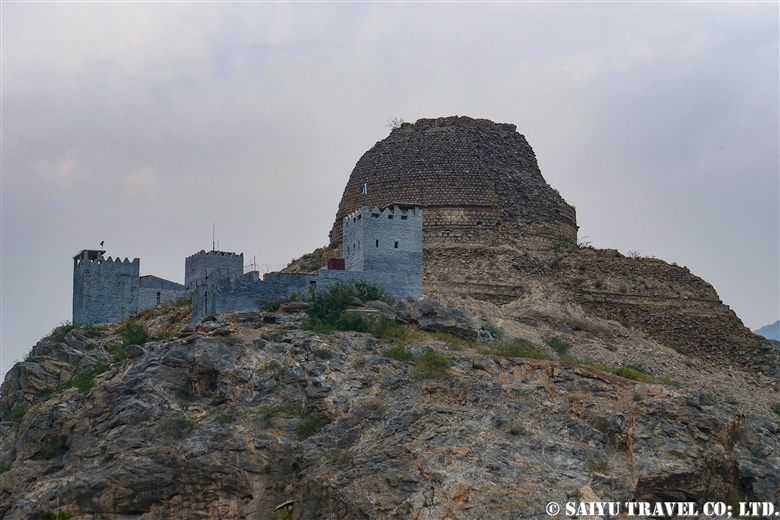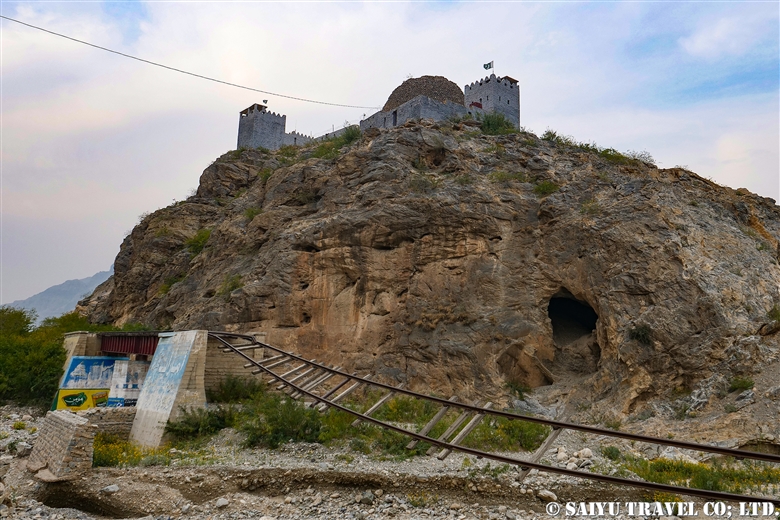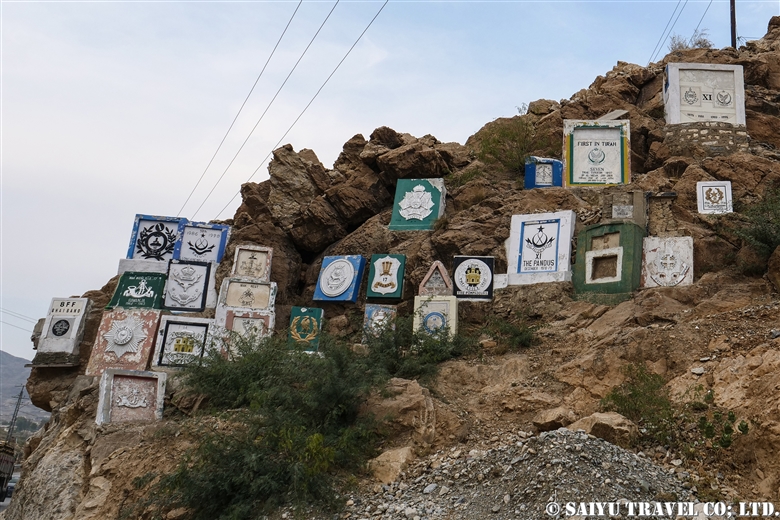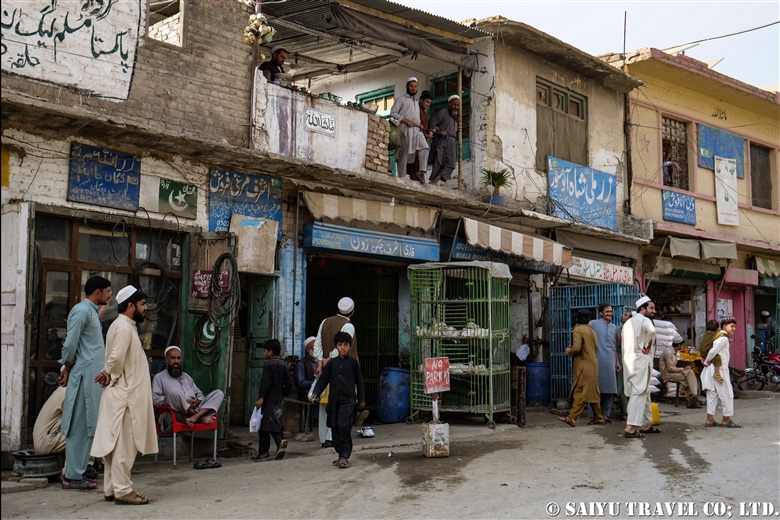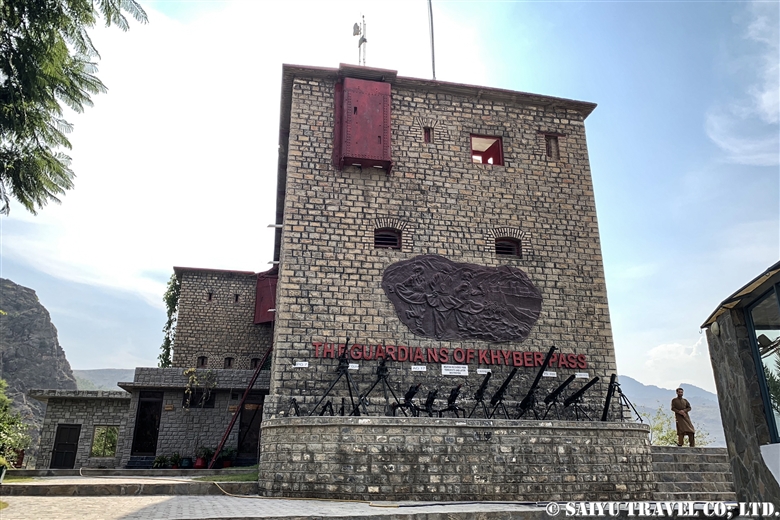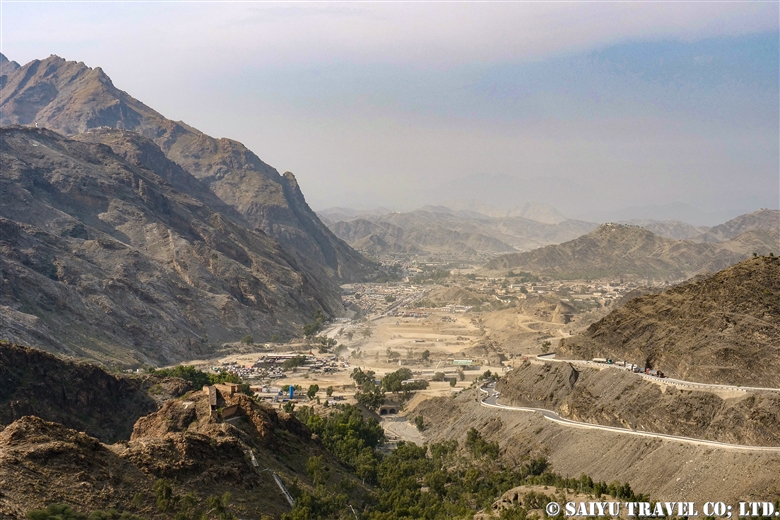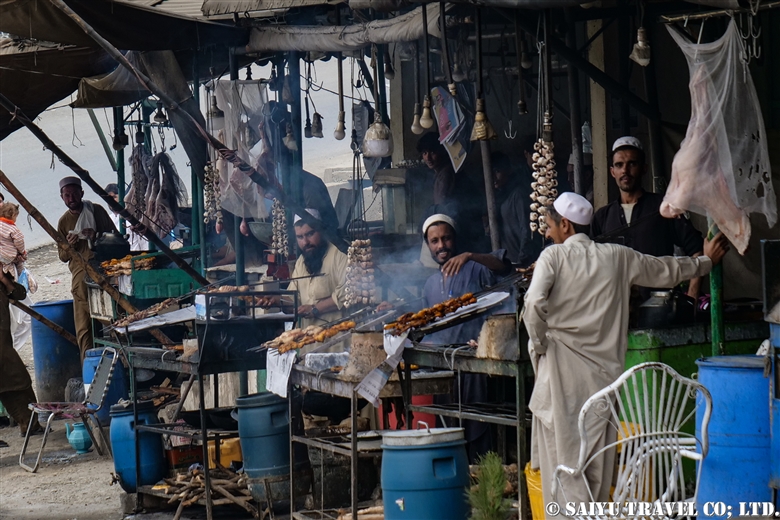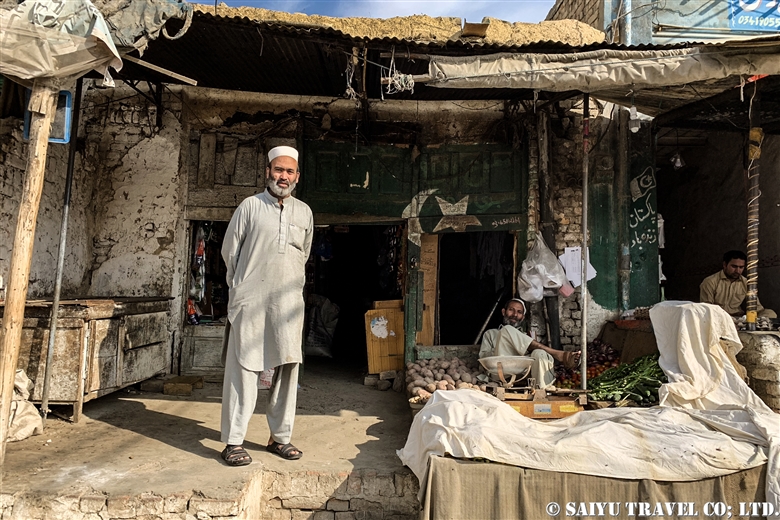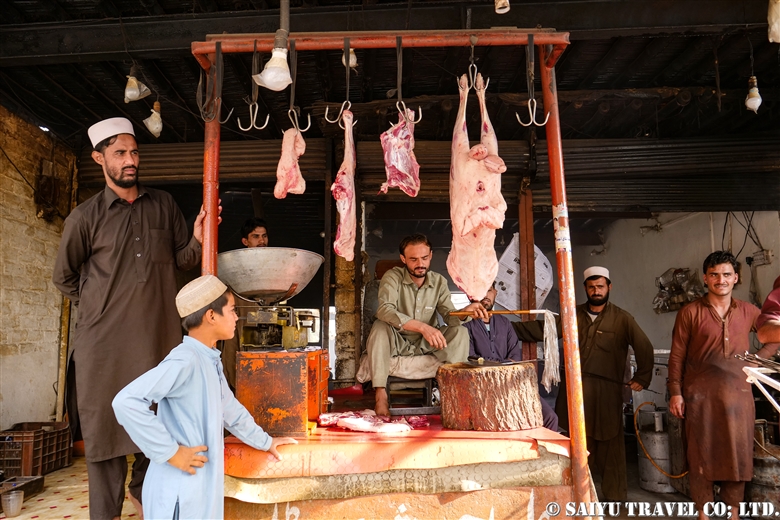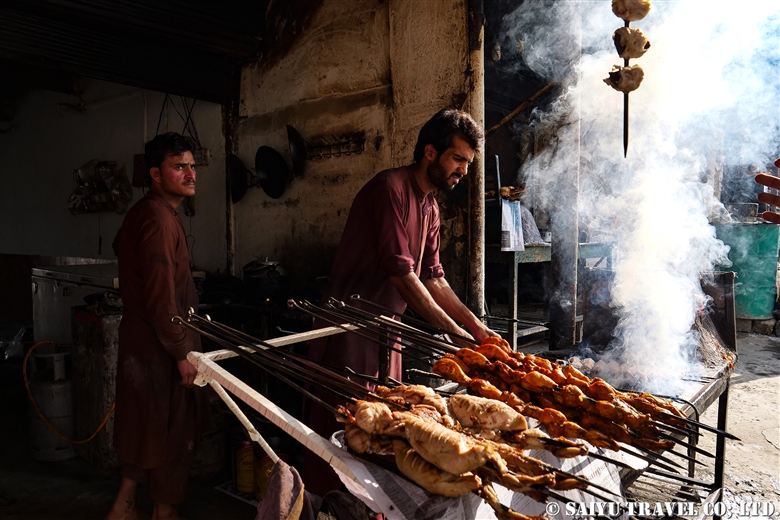
Himalayan vulture in Chitral Gol National Park, Khyber Pakhtunkhwa, northern Pakistan.
The Chitral Gol National Park has three deep valleys spanning 7,750 hectares and is an ideal place to observe these vultures. Our main goal here was to observe the Markhor, but a ranger asked us “There are some vultures gathering because a Markhor fell off a cliff and died. Let’s go see.” So we walked down the steep slope of the mountain, where there was no path, as we looked out over the valley.
I couldn’t see the dead Markhor below, but I could see Himalayan vultures, Cinereous vultures, Bearded vultures and Golden eagles flying by us, just at eye level. It was an amazing sight.

The Himalayan griffon vulture (Himalayan vulture) inhabits the Tibetan Plateau, adjacent to the Great Himalayas and the Pamir Mountains and can be found in the northern mountainous regions of Pakistan.
It is a large vulture, with a wingspan of 3 meters and it is said that it was once widely seen in northern Pakistan. However, like the White-rumped vulture that lives in central and southern Pakistan, the number decreased due to eating livestock carcasses contaminated with the veterinary drug Diclofenac. (*Diclofenac was banned throughout South Asian countries in 2006, and it is expected that the population will recover.)

This is an adult Himalayan vulture. The young birds have a dark brown body, including around their necks.

Cinereous Vulture flying and a Himalayan vulture on the cliffs.

On this day, at least four Himalayan vultures, one Cinereous Vulture, and multiple crows (probably ravens) were attracted by the dead Markhor. According to the national park ranger, the Markhor was not attacked by snow leopards or wolves but was surrounded by a pack of wild dogs and fell off the cliff.
As if on cue, on the other side of the valley there was a herd of Markhor that were running away from a stray dog. If only it were a snow leopard, it would have been like a dream to see such a sight!
Photo & text: Mariko SAWADA
Observation: Dec 2020, Chitral Gol National Park, Chitral, Khyber Pakhtunkhwa
Tag : Chitral Gol National Park , Pakistan Photography Tour , Khyber Pakhtunkhwa , Birds Photography Pakistan , Pakistan Blog , Bird watching tour in Pakistan , Pakistan Travel Blog , Wildlife tour in Pakistan , Wildlife of Pakistan , Himalayan griffon vulture , Indus Caravan , Himalayan vulture , Bird watching in Pakistan , Saiyu Travel Pakistan , Birds of Pakistan , Pakistan Travel company , Chitral , Pakistan tour operator





